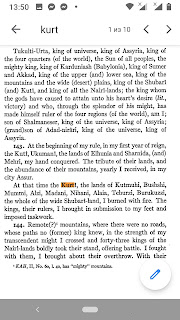Burusho people living in North Pakistan speak a language isolate. Various attempts have been made to link with other groups ( Yenisseian, IE, Kusunda etc ) but non of them got a general acceptance.
Based on legends Casule has tried to link Burushaski with Paleo-Balkanic IE languages. Some of his parallels were acknowledged as interesting by scholars. The genetic data is not particularly supportive of Casule's theory. The main haplogroups are the R1a-Z93 (27%) , the L1a and R2 (~15%) Also some C2 (8%) is present in Burusho with East Asian ancestry. Genome wide data also do not support the link with Balkans. Nevertheless the branch of Z93 ( https://www.yfull.com/tree/R-Y40/ ) that Burusho have is quite remarkable. It's a branch embedded in Indo-Iranian Z93 but quite isolated and distinct distribution. It is frequent both in Pakistan and Europe, reaching the highest level in Burusho. It's interesting that Z93>Y40 is also found in Armenia. Burusho also has term Khajon denoting native speakers. This term has been compared to Greek Khayon and Paion ( p>h shift ). Obviously close to Armenian Hay.
Is there any meaning in all this is hard to say. The time will show.
PS Below I give the link to Iuri Mosenkis Academia page because I couldn't find the original Casule's paper. Later I will try once more. Keep in mind that Mosenkis himself is quite unreliable. I just link him to see the words.
https://www.yfull.com/tree/R-Y40/that/





